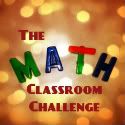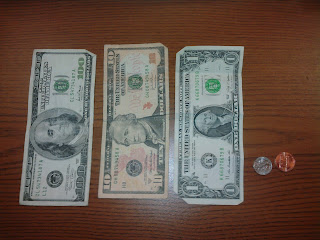Imagine
that you are in a restaurant, seated with many people at a large table. In
the course of conversation the person sitting next to you laughingly
remarks, “I’ve never been good at reading. Can you read the menu for me?”
What would you say? Would you laugh along and confess that you never
really learned to read either? What would others say at the table?
Now
imagine the same scene, only this time the person next to you says, “How much do I owe? Can you add it up for me? I’ve never been good at math.”
What
happens this time? You can expect other people at the table to chime
in cheerfully, "I've never been good at math either."
When did it become socially acceptable to say, "I've never been good at math?"
When did it become socially acceptable to say, "I've never been good at math?"
Math anxiety or the fear of math is not uncommon. This emotional reaction to mathematics is based on an unpleasant experience from the past which harms future learning.
OUCH: Those past learning experiences could be from my math class!!!
So how do I avoid creating math anxiety in my students?
Students pick up on your math passion or lack of it. Avoid saying, "I wasn't good at math." Positive attitudes comes from quality teaching for understanding.
2. Ditch the idea that "some" people are just good at math.
Anyone can be good at anything when they have perseverance.
3. Give help early.
When you see a student struggling take action immediately! Work for understanding, and skip the "tricks." Understanding the math is what it is all about.
4. Help your students learn how to "shake off" mistakes.
Develop a classroom environment where students can take risks, share their thinking, and celebrate mistakes! Everyone can learn from mistakes. Why do you think pencils have erasers?
Look at all of the work you are giving your students. From warm-up to independent practice, is it engaging? Is it relevant? Does it have just the right amount of challenge? Would you want to do it? If not, fix it!
6. Dispel the myth that there is only one answer or one way to get the answer.
There are a variety of ways and tools to solve problems. Allow the students to create their own strategies that build upon their own understanding. Don't make them solve it "your" way!
6. Dispel the myth that there is only one answer or one way to get the answer.
There are a variety of ways and tools to solve problems. Allow the students to create their own strategies that build upon their own understanding. Don't make them solve it "your" way!
Let's do our part to put an end to Math Anxiety!









